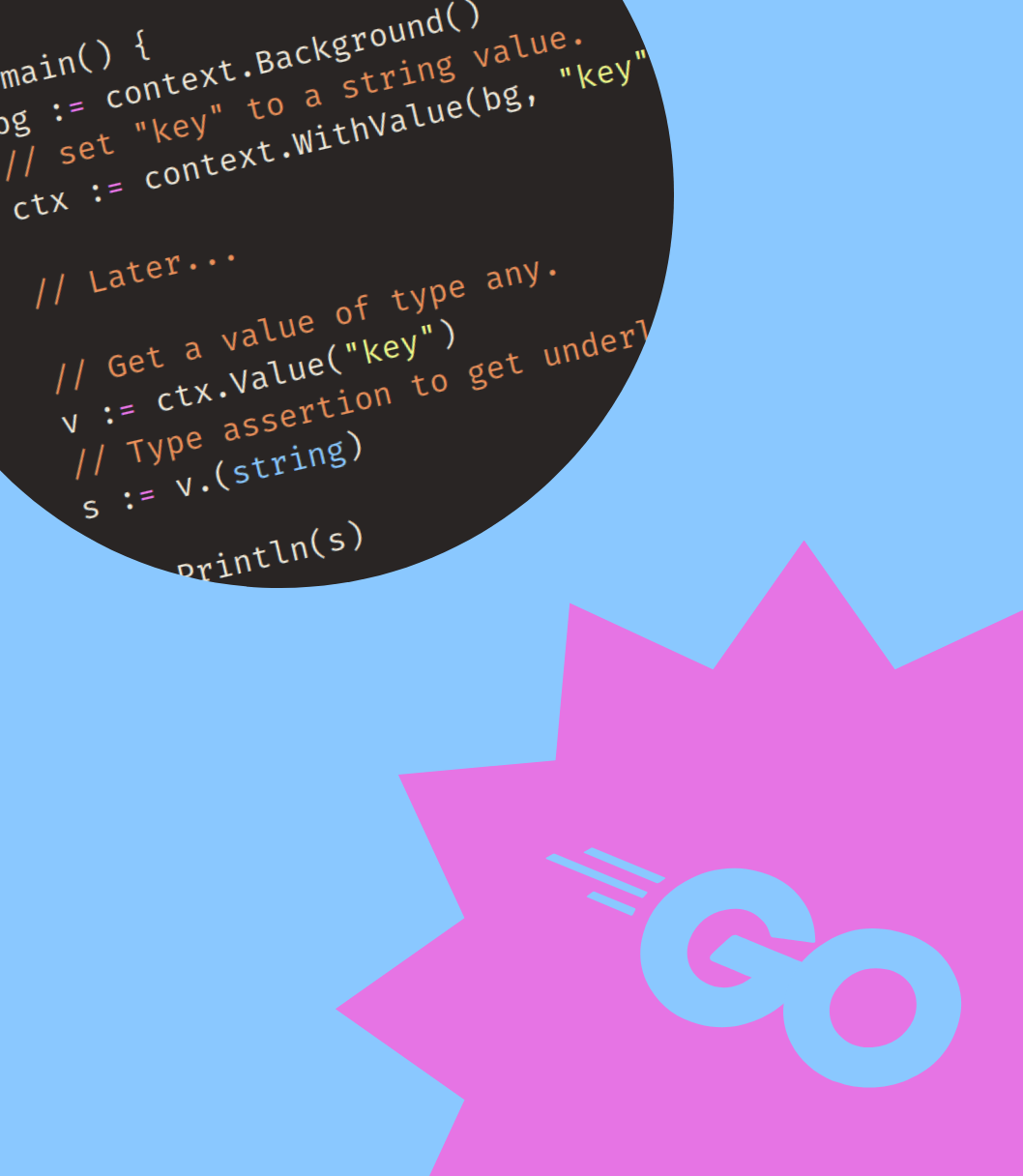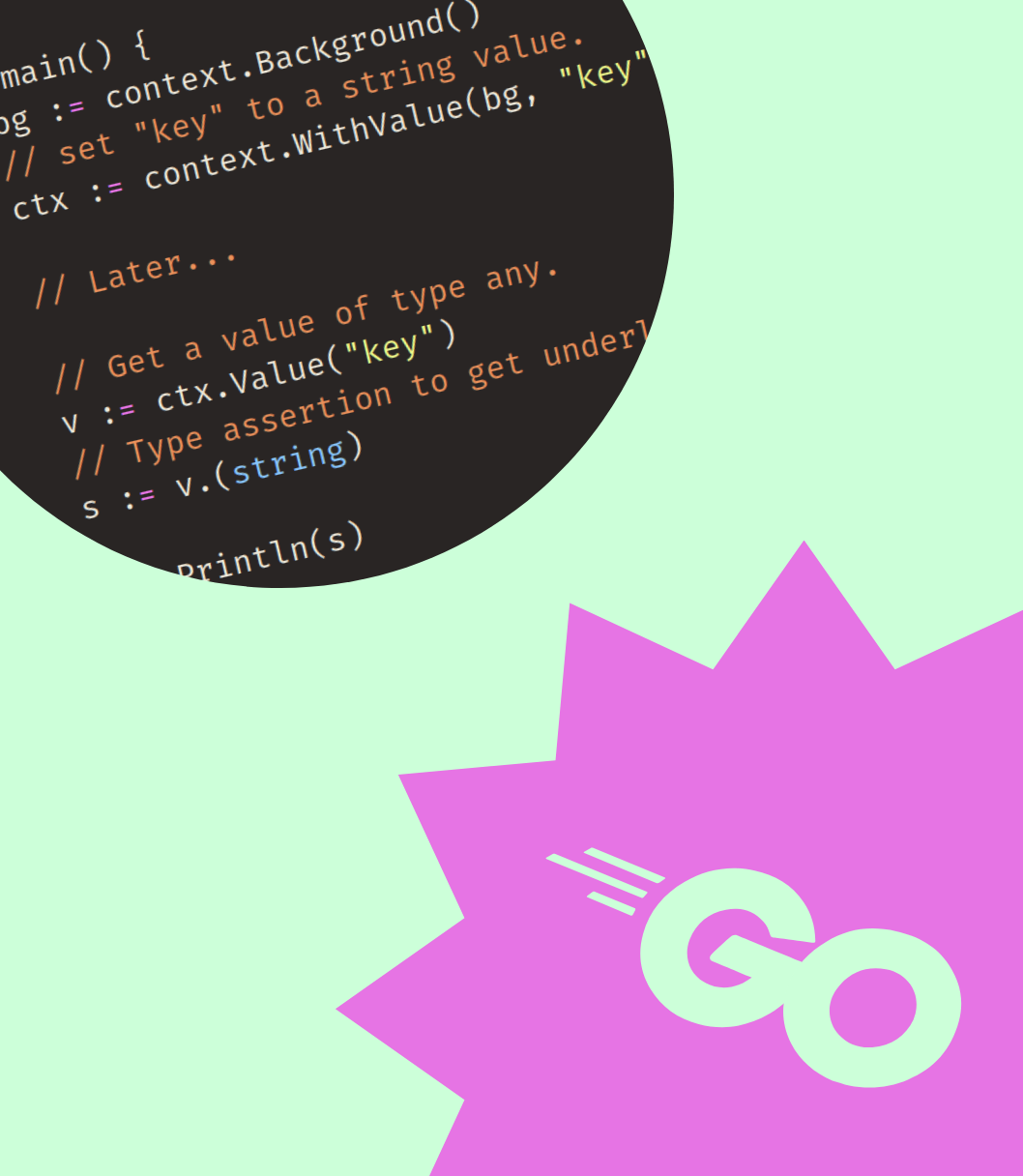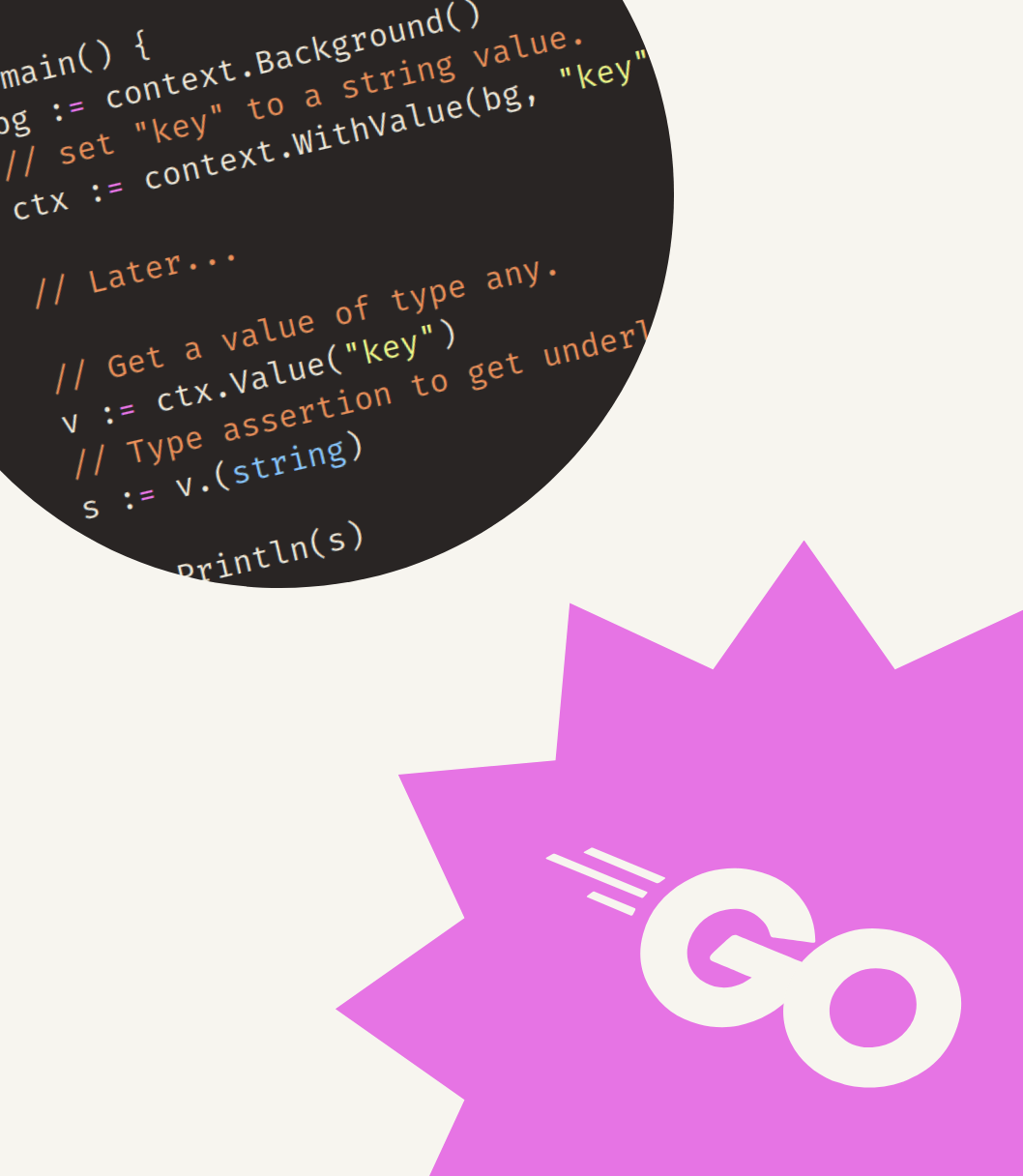User preferences, scheduling or legal requirements. There are situations where you will need to convert time.Time values to UTC.
This snippet will show you how.
Before we dive in, it’s good to know how time.Time values represent time instants. Learn more here.
Change Location to UTC
Converting a time.Time to UTC is done using the UTC() method on time.Time.
For example:
package main
import (
"fmt"
"time"
)
func main() {
// t1 is time in "UTC+3" timezone
eastOfUTC := time.FixedZone("UTC+3", 3*60*60)
t1 := time.Date(2024, 01, 22, 13, 37, 0, 0, eastOfUTC)
// t2 represents the same time instant in UTC
t2 := t1.UTC()
fmt.Println(t1.String())
fmt.Println(t2.String())
fmt.Printf("same time instant: %v\n", t1.Equal(t2))
}
In this example, we initially have a time value t1 in the UTC+3 location (a fixed timezone).
We then call t1.UTC() to create t2 in the UTC timezone.
t1 and t2 represent the same time instant, but they will have different clock readings. t2 will read 3 hours before t1.
Run the example to verify this.



Get my free newsletter periodically*
Used by 500+ developers to boost their Go skills.
*working on a big project as of 2025, will get back to posting on the regular schedule once time allows.
